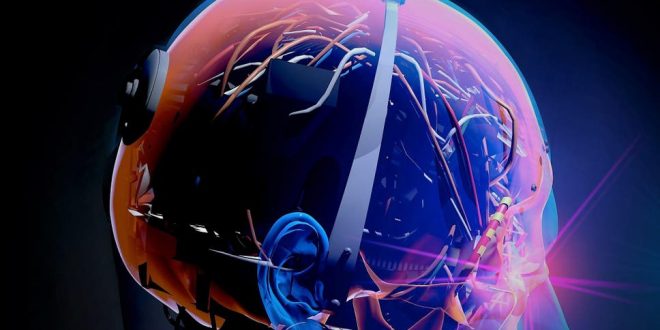A breakthrough with biomorphic batteries could allow robots to store up to 72-times more energy through a system similar to biological fat reserves.
Researchers at the University of Michigan – funded by the US Department of Defense – developed a new rechargeable zinc battery that integrates into the structure of a robot in order to free up space and reduce weight that conventional lithium-ion batteries create.
“We don’t have a single sac of fat, which would be bulky and require a lot of costly energy transfer. Distributed energy storage, which is the biological way, is the way to go for highly efficient biomorphic devices.”
“This is not the limit, however,” said Mingqiang Wang, a visiting researcher at Professor Kotov’s lab. “We estimate that robots could have 72-times more power capacity if their exteriors were replaced with zinc batteries, compared to having a single lithium-ion battery.”
The zinc battery works by storing and transferring energy through an electrolyte membrane made of carbon-based nanofibres and a water-based polymer gel.
The researchers claim the membrane is more environmentally friendly than traditional batteries and are not susceptible to causing fires.
Tests have already been carried out on robotic toys shaped like worms and scorpions, where the zinc batteries were wired into the motors and wrapped around the outsides of the robot insects.
Ahmet Emre, a doctoral student who was involved in the research, said: “Batteries that can do double duty – to store charge and protect the robot’s organs – replicate the multifunctionality of fat tissues serving to store energy in living creatures.”
A paper detailing the breakthrough, titled ‘Biomorphic structural batteries for robotics’, was published in the journal Science Robotics.
The Independent
 Lebanese Ministry of Information
Lebanese Ministry of Information



